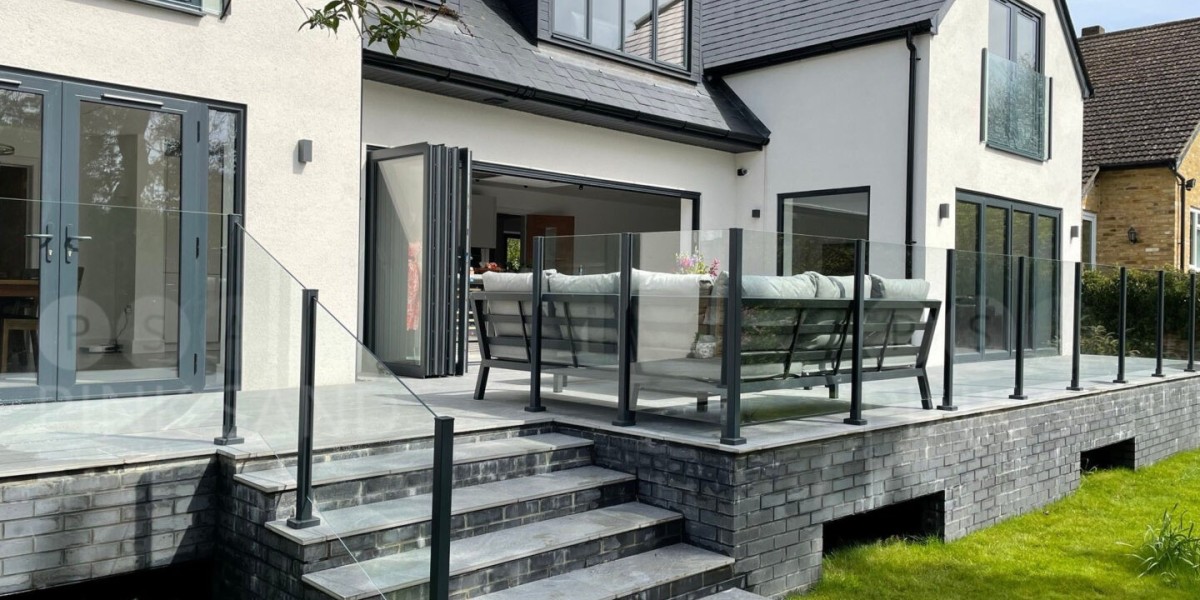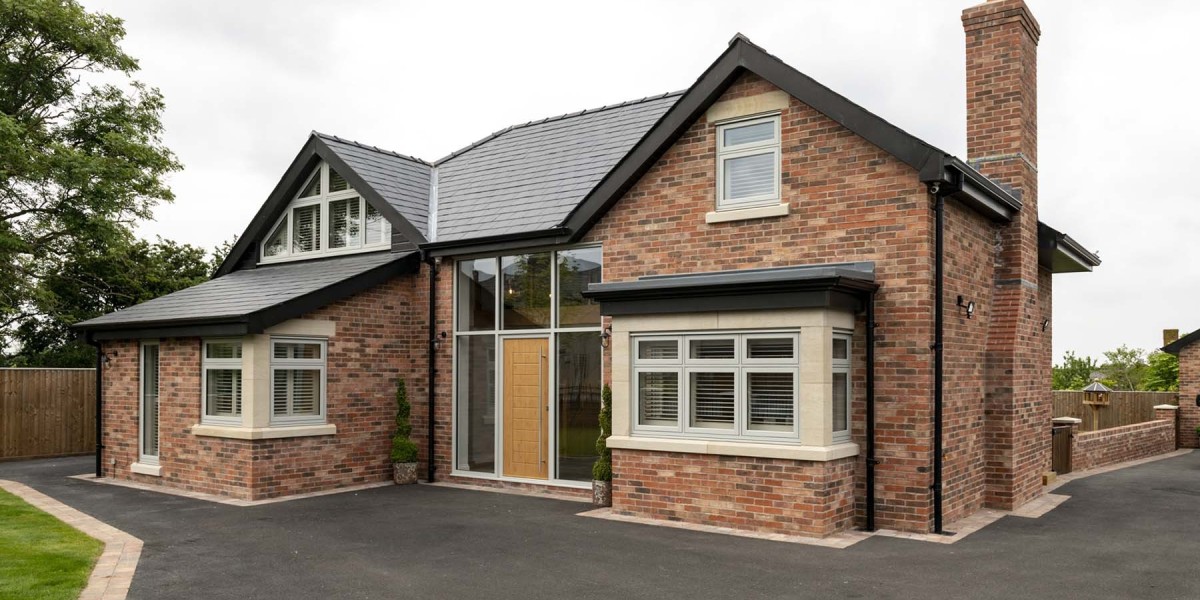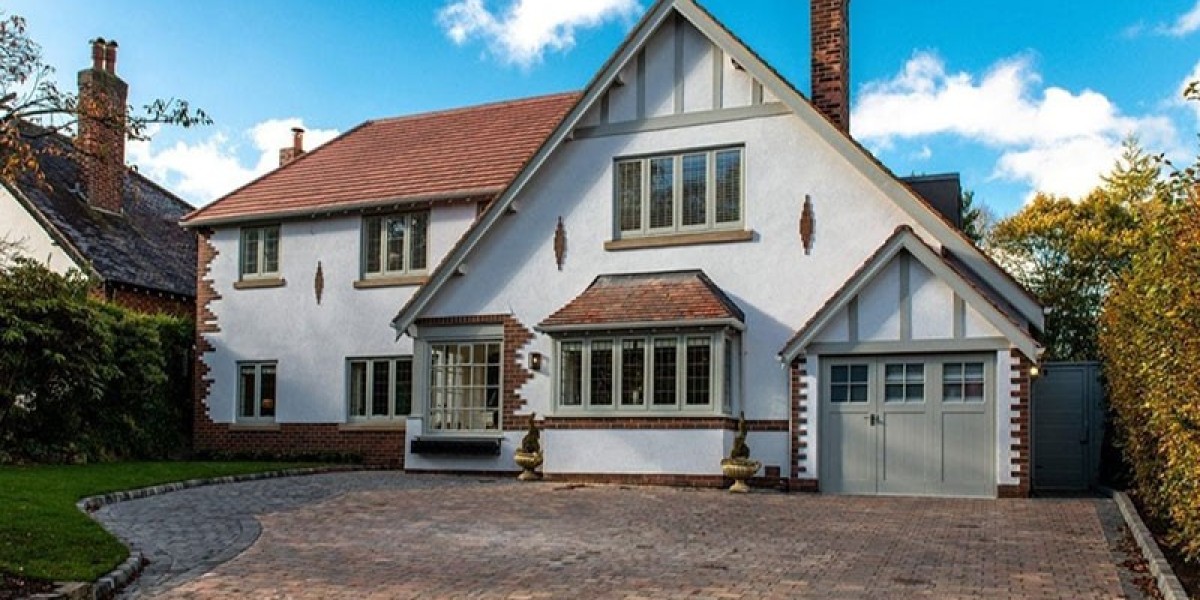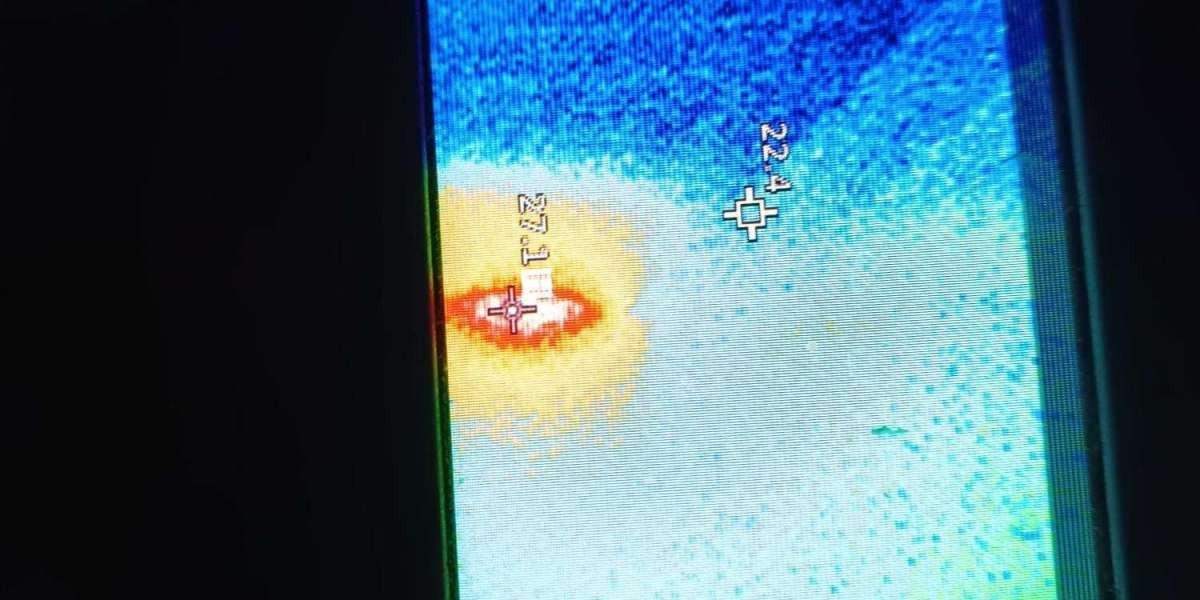In the realm of construction and home improvement, window installation has traditionally been perceived as a labor-intensive and time-consuming task. However, recent advancements in technology have introduced innovative solutions that not only streamline the installation process but also enhance the functionality and sustainability of windows. This article explores the latest developments in window installation, focusing on smart windows and automated systems, which are transforming how we think about and execute this essential home improvement task.

The Evolution of Window Technology
Historically, windows have served a basic purpose: to provide light, ventilation, and a view of the outside world. However, as energy efficiency and sustainability have become paramount concerns, the window industry has evolved significantly. Modern windows are now designed with advanced materials and technologies that improve insulation, reduce energy consumption, and enhance user comfort. The introduction of smart windows represents a significant leap forward in this evolution.

What Are Smart Windows?
Smart windows, also known as dynamic windows or switchable glazing, are designed to change their properties in response to environmental conditions. They can adjust their tint, transparency, and thermal properties based on sunlight, temperature, or user preferences. This adaptability not only improves energy efficiency by reducing reliance on heating and cooling systems but also enhances occupant comfort by minimizing glare and UV exposure.
There are several types of smart window technologies, including:
- Electrochromic Glass: This type of glass changes its tint when an electrical voltage is applied. Users can control the level of tint via a smartphone app or a wall switch, allowing them to optimize natural light and reduce heat gain.
- Thermochromic Glass: This glass changes color in response to temperature, automatically adjusting its tint to block heat when it gets too warm, thus reducing the need for air conditioning.
- Photochromic Glass: Similar to the lenses of photochromic sunglasses, this glass darkens in response to UV light, providing automatic shading without the need for electrical input.
- Liquid Crystal Windows: These windows use liquid crystals to control transparency. They can switch from opaque to clear with the flick of a switch, offering privacy on demand.
Benefits of Smart Windows
The integration of smart windows into residential and https://www.campedtech.org/the-importance-of-double-glazing-for-energy-efficiency-and-comfort/ commercial buildings offers numerous benefits:
- Energy Efficiency: Smart windows can significantly reduce energy costs by minimizing the need for artificial lighting and climate control. Studies have shown that buildings equipped with smart windows can achieve energy savings of up to 30%.
- Enhanced Comfort: By controlling glare and temperature, smart windows create a more comfortable living and working environment. Occupants can enjoy natural light without the discomfort of excessive heat or glare.
- Sustainability: Smart windows contribute to sustainable building practices by reducing energy consumption and lowering carbon footprints. They align with global efforts to combat climate change and promote energy-efficient designs.
- Aesthetic Appeal: Modern smart windows can enhance the aesthetic appeal of a building. With various styles and finishes available, they can complement any architectural design while providing functional benefits.
Automated Window Installation Systems
In addition to advancements in window technology, the installation process itself has also undergone significant improvements. Automated window installation systems are becoming increasingly popular, leveraging robotics and advanced machinery to streamline the installation process.
These systems offer several advantages:
- Precision and Accuracy: Automated systems can ensure precise measurements and alignments, reducing the risk of human error during installation. This precision leads to better energy efficiency and performance.
- Speed of Installation: Robotics can significantly reduce the time required for window installation. While traditional methods may take hours or even days, automated systems can complete installations in a fraction of the time, minimizing labor costs and disruption.
- Safety: Working with heavy glass and large windows can pose safety risks for installers. Automated systems can handle the lifting and positioning of windows, reducing the risk of accidents and injuries on the job site.
- Consistency: Automated systems deliver consistent results across multiple installations, ensuring that each window is installed to the same high standards.
The Future of Window Installation
As smart window technology and automated installation systems continue to evolve, the future of window installation looks promising. Manufacturers are investing in research and development to create even more advanced products that integrate seamlessly into smart home ecosystems.
For instance, the integration of Internet of Things (IoT) technology allows smart windows to communicate with other smart devices in a home, such as thermostats and lighting systems. This interconnectedness can further enhance energy efficiency and user convenience, creating a fully automated living environment.
Moreover, advancements in materials science are leading to the development of even more durable and sustainable window products. Innovations such as self-cleaning glass and enhanced thermal coatings are already on the market, and future products may incorporate nanotechnology to improve performance and longevity.
Conclusion
The advancements in window installation technology, particularly through the introduction of smart windows and automated systems, are revolutionizing the industry. These innovations not only improve energy efficiency and occupant comfort but also streamline the installation process, making it faster, safer, and more precise. As we move towards a more sustainable future, the integration of these technologies will play a crucial role in building design and construction, ultimately transforming how we interact with our living and working spaces. Homeowners and builders alike can look forward to a future where window installation is not just a task but a seamless part of creating efficient, comfortable, and aesthetically pleasing environments.







